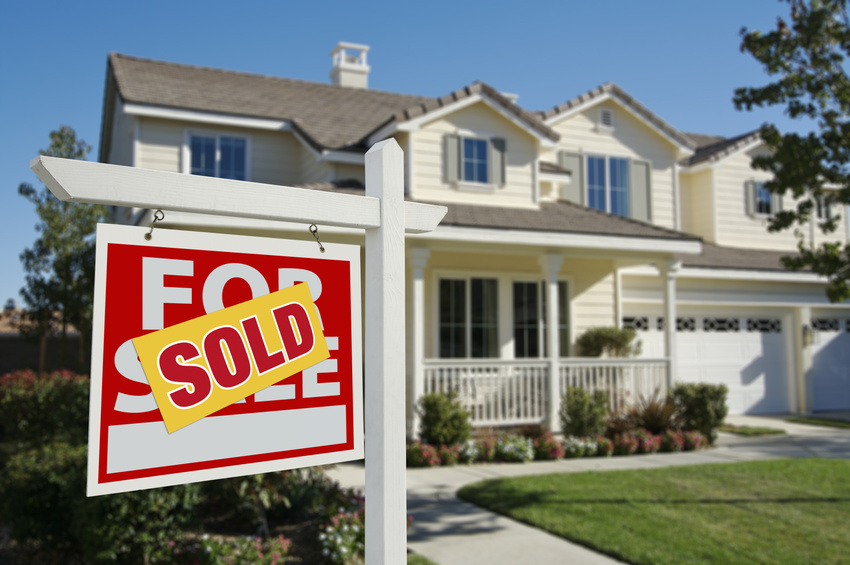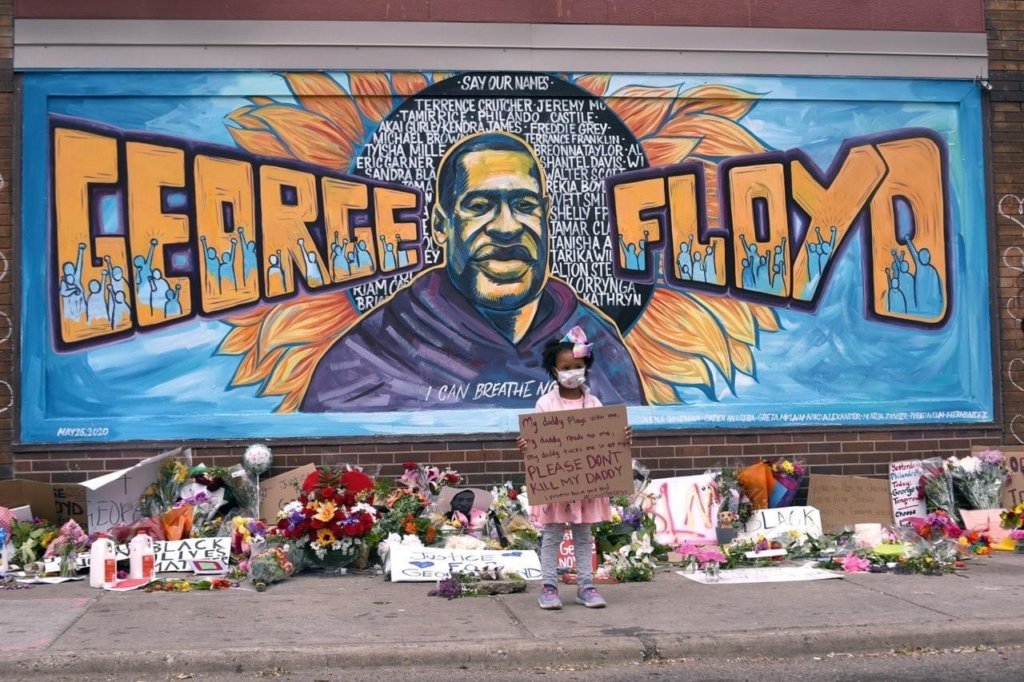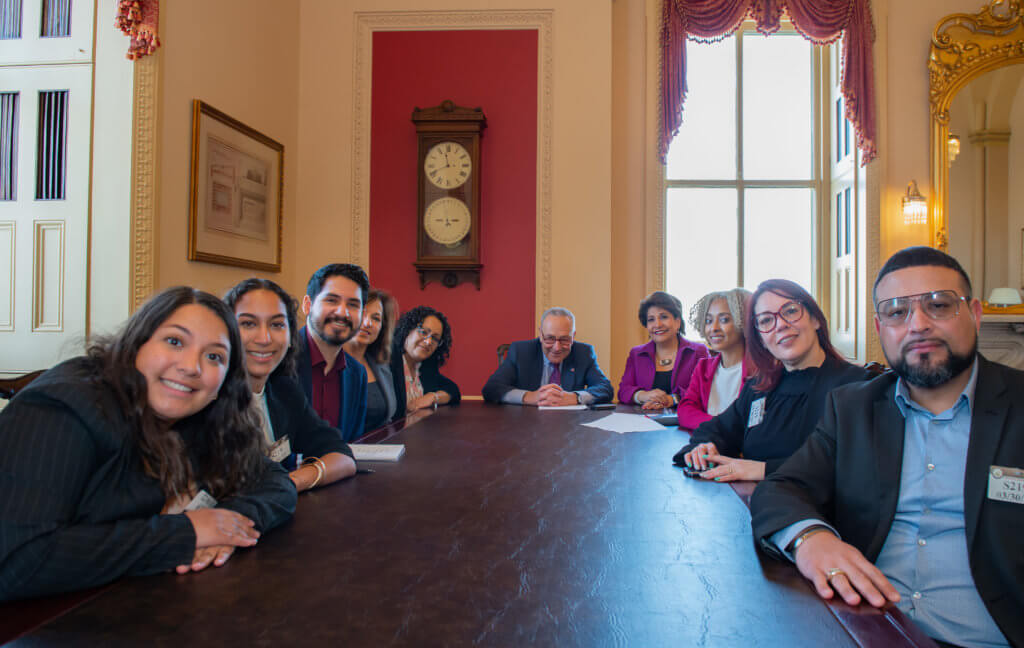Latinos lead homeownership, but systemic barriers remain
In 2019, a Latino couple was purchasing a home in Stockton, CA, when they came across a stipulation in their contract that said only those “wholly of the white Caucasian race” could buy the property unless they were “servants” of “a white Caucasian.” These racist covenants were outlawed by the Supreme Court in the 1948 landmark case Shelley v. Kraemer.
By Julissa Arce, Activist, Writer, and Producer
Keep up with the latest from UnidosUS
Sign up for the weekly UnidosUS Action Network newsletter delivered every Thursday.
In 1945, there was a housing shortage in St. Louis, MO, which made it almost impossible for Black Americans to become homeowners. The deeply segregated city confined the growing Black population to specific neighborhoods and limited their ability to live in richer sections of the city with racially restrictive covenants. It was that same year that the Shelley family bought a home in north St. Louis. What the Shelley family didn’t know was that, though, they could rent the property, they could not legally own it. Louis Kraemer sued to enforce a 1911 covenant designed to keep Black and Asian Americans from buying property in the area. The case eventually made it to the Supreme Court where Chief Justice Vinson noted that once the Missouri Supreme Court decided to rule against the Shelley’s, the state of Missouri violated the 14th Amendment. By disincentivizing state courts from enforcing race covenants, Shelley v. Kraemer opened doors for people of color across the United States to own property in all neighborhoods. However, these many years later and communities of color, including Latinos, face unequal access to credit and housing.
The structurally racist roots of housing policies extend back even further.
The National Housing Act of 1934, which was part of Franklin D. Roosevelt’s New Deal, explicitly supported withholding home loans to people living in neighborhoods with larger populations of Black and non-Black Latino residents, a practice that became known as redlining in the 1960s. Federal Housing Administration’s home lending guidelines ranked “Negroes and Mexicans” as the riskiest and least worthy of credit. The whole system of bankers, real estate agents, and mortgage lenders worked to segregate neighborhoods by restricting access to credit and by convincing upwardly mobile residents that they were better off in the suburbs. The consequences were devastating. Communities of color were left out of the suburbs and pushed into low-funded housing communities. Property values in Latino neighborhoods declined, home improvement loans were unavailable, and entire communities were lost. The legacy of these policies is still felt today.
What’s worse is that systems created to address these issues ignored our community. Early studies didn’t capture data on how housing discrimination affected Latinos. But here is what we do know. A report in 2016 found that Latinos in Iowa City were nearly four times more likely to be denied a home loan than white people. This gap was the widest in the country. Analysis from Zillow for the same year, showed that at a national level, only 8.1% of Whites were denied a conventional loan in comparison to 15.5% of Latinos. And when we are approved, we pay the price—Latinos are 78% more likely than white people to have a high-cost home loan. All of this has resulted in huge gaps in homeownership. As of 2019, only 48% of Latinos were homeowners, compared to 70% of white people.
All of this matters because owning a home can be the first step toward building generational wealth. In 2019, Latino families held $36,100 in assets, savings, and investments in comparison to $188,200 held by white families. This is critical: the average Latino family has less than 20% of the wealth of their white counterparts. Owning a home can lead to better health outcomes and higher educational achievement for children.
Despite facing major barriers, Latino homeownership rates have increased for six consecutive years. From 2000 to 2019, the Hispanic community’s housing contribution to U.S. GDP grew by almost four times from $110 billion to $423 billion. Between the years 2010-2020, Hispanics accounted for 35.9% of household formation growth in the United States, with more than 4.7 million families purchasing a home. As of 2019, the top five states with the highest Hispanic ownership rate were Texas (57.70%), Idaho (58.95%), Wyoming (60.05%), New Mexico (66.71%), and West Virginia (71.30%) making those states hotspots for Latino homeownership.
Furthermore, the Urban Institute predicts that over the next 20 years, 70% of growth in homeownership will come from the Latino community. Despite the Latino community encountering tight availability of mortgage credit, record low housing inventory, record unemployment rates, and having the highest COVID infection rates, we’ve persisted. As the National Association of Hispanic Real Estate Professionals says, “no demographic is playing a more central role in America’s housing economy than Latino-Americans.”
So, let’s continue to fight for more transparent data and better protections for Latino homebuyers because we deserve to own our casitas.



